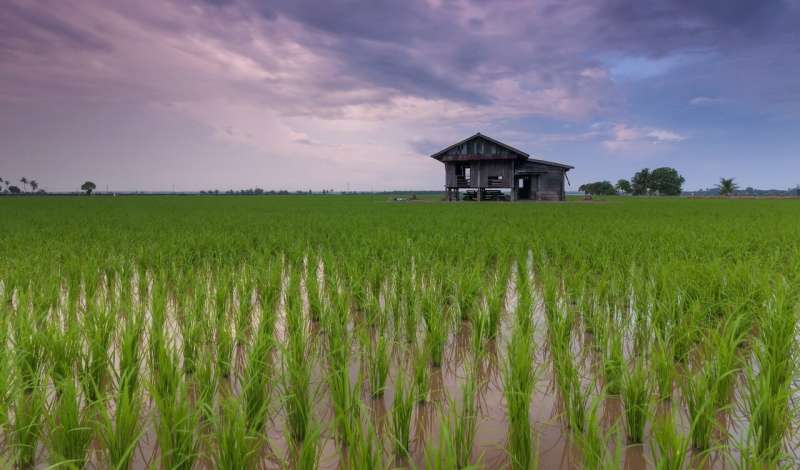This article has been reviewed according to Science X's editorial process and policies. Editors have highlighted the following attributes while ensuring the content's credibility:
fact-checked
peer-reviewed publication
trusted source
proofread
Protecting drinking water on prairies from an emerging pollutant

With the help of the Canadian Light Source (CLS) at the University of Saskatchewan (USask), researchers from the University of Guelph (UofG) have learned more about an emerging pollutant that is prevalent in groundwater across the Prairies.
"Sulfolane is commonly used to treat sour gas, and there are large contaminant plumes across Canada, specifically in Alberta," says Erica Pensini, Associate Professor at University of Guelph's School of Engineering. "We've been looking at how sulfolane migrates in groundwater, analyzing the risks to potable waters, such as wells, or other ecological bodies of water."
Pensini is particularly interested in how naturally occurring sulfates (salts) impact the movement of sulfolane in water and its ability to mix thoroughly with water.
"Sulfolane plumes travel faster with fewer sulfates, so we're trying to clarify migration in the context of what can we do to tackle this contamination," says Pensini. "How much time do we have? Where is it going? Which well should we protect?"
Sulfolane has recently been linked to fertility issues in cattle and has been found in their milk.
"We're also partnering up with hydrogeologists and eco-toxicologists to explore other aspects that we're not directly exploring in our lab," says Pensini.
Using the Brockhouse and SGM (Spherical Grating Monochromator) beamlines at the CLS, Pensini and her team have visualized the interactions between sulfates and sulfolane.
What the researchers have learned about sulfolane can help inform remediation efforts. Their findings were recently published in the journal Physics of Fluids.
"The CLS has been instrumental in understanding the behavior of sulfolane," says Pensini. "At the synchrotron we can probe aspects that we couldn't probe anywhere else, so it is really, really important to us for this research."
More information: Erica Pensini et al, Sulfolane clustering in aqueous saline solutions, Physics of Fluids (2024). DOI: 10.1063/5.0196389
Journal information: Physics of Fluids
Provided by Canadian Light Source




















